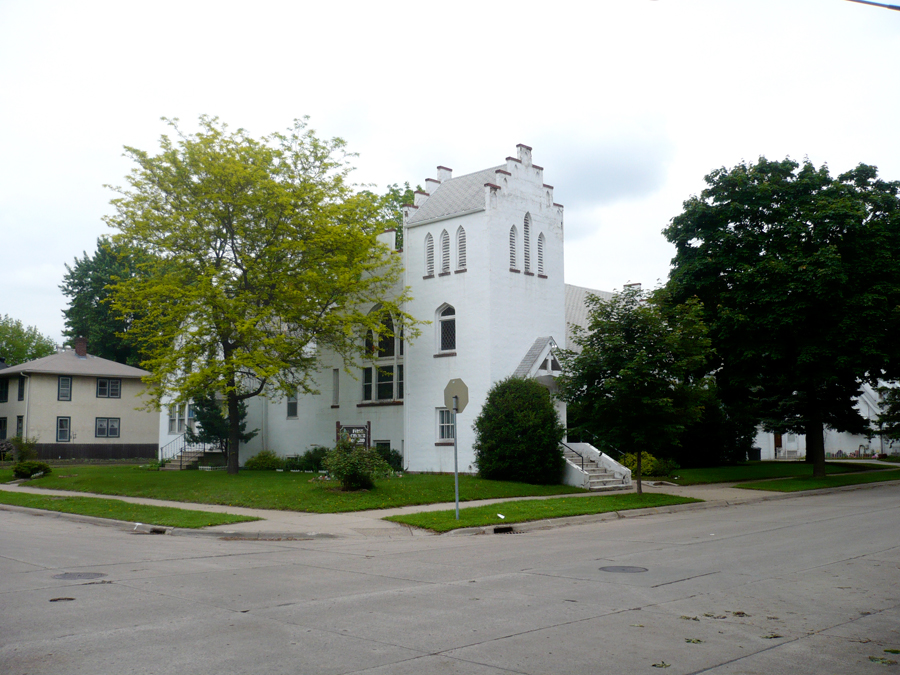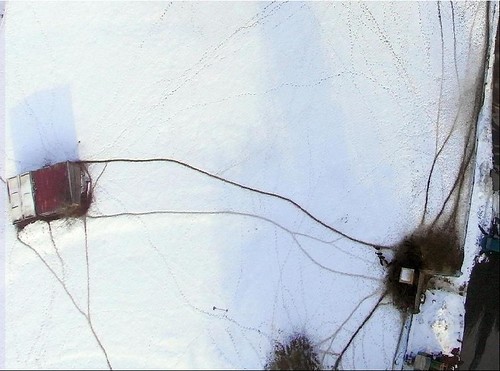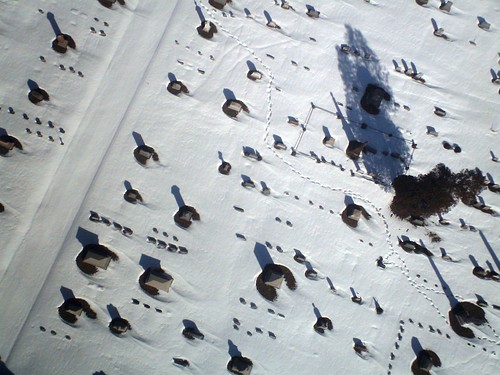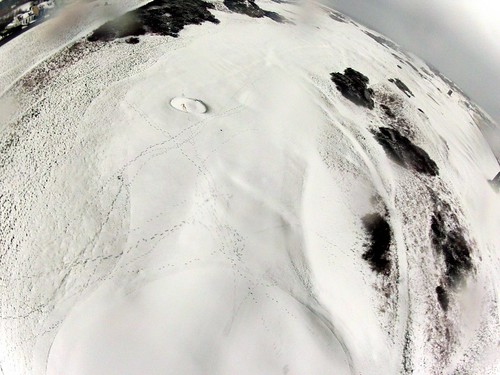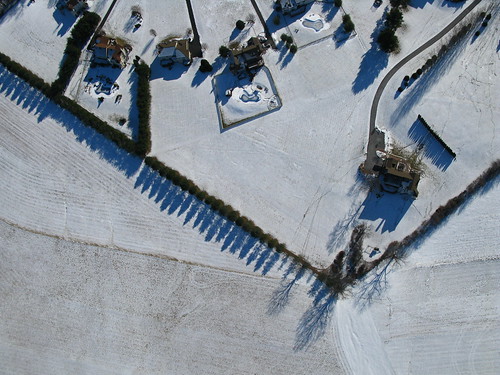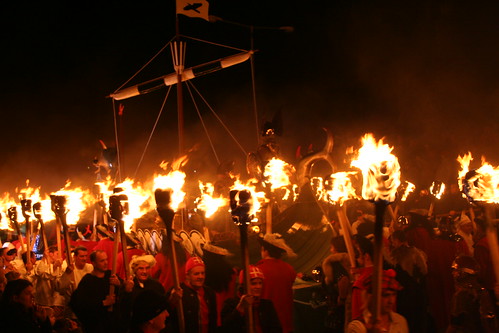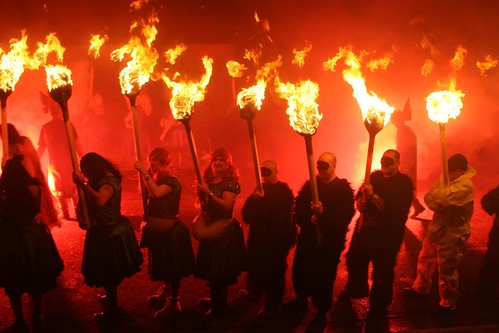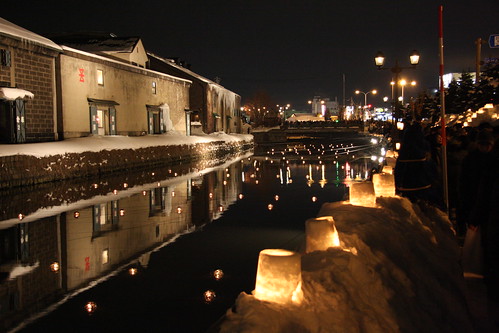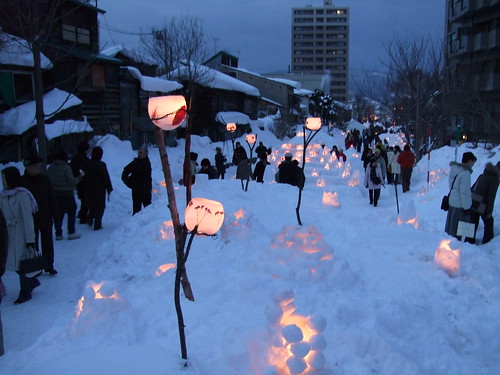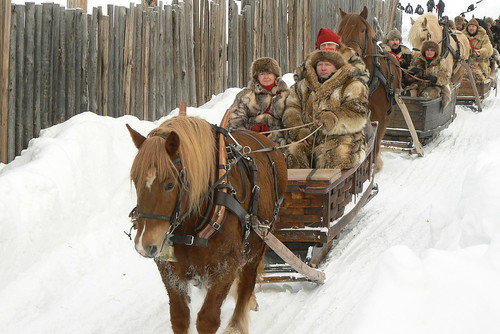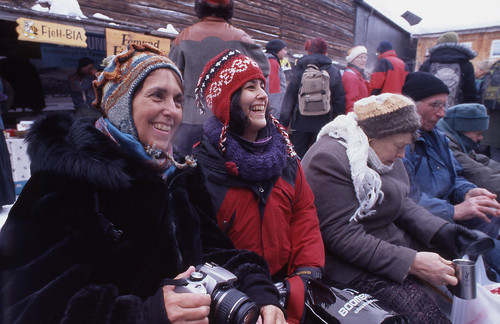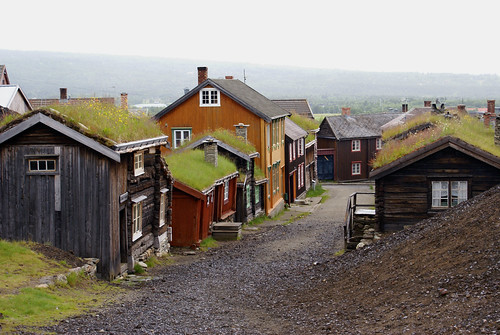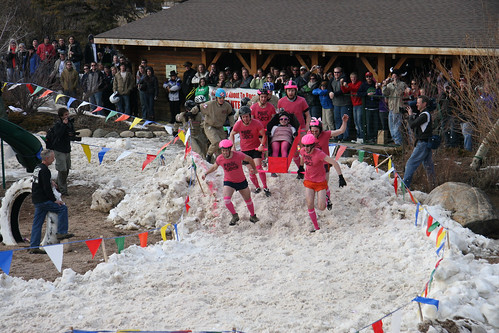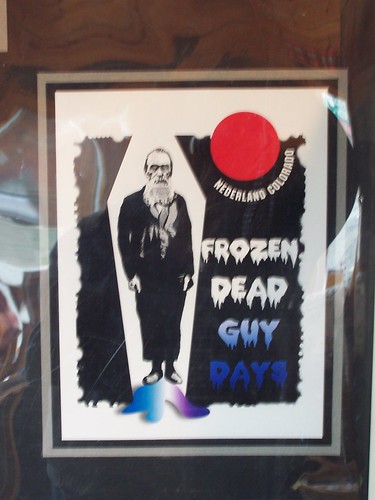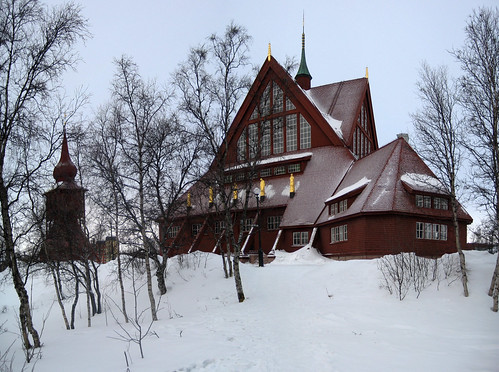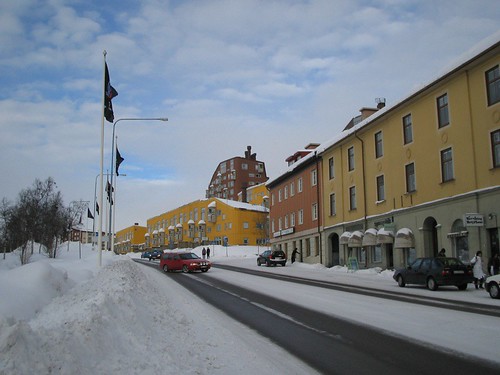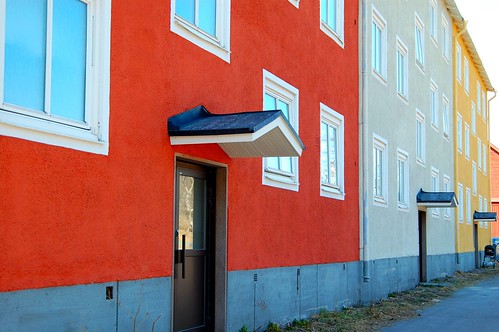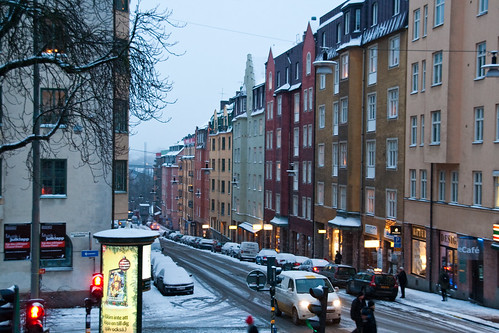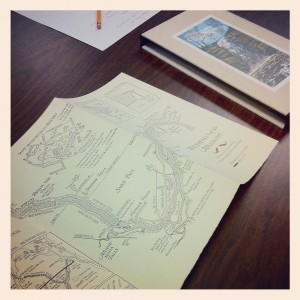St. Paul, Minnesota, has hosted a Winter Carnival on and off for the past 126 years. In my quest to learn more about the history of this particular Carnival, I went in search of old newspapers for quotes or clippings about the earliest Carnivals, set in the 1880s. That’s when I discovered –
[BUM BUM BUM]
– the Library of Congress.
So the Library of Congress has some really amazing collections – especially historic photographs, prints, maps, and newspapers. Their collections database is really easy to search, find, determine copyright, and download. American Memory has a whole slew of open source images that are copyright-free. Chronicling America, a collection of historic newspapers, is where I found some of the earliest newspaper articles about the St. Paul Winter Carnival. Here is a sample front page, this one from St. Paul Daily Globe in 1886.
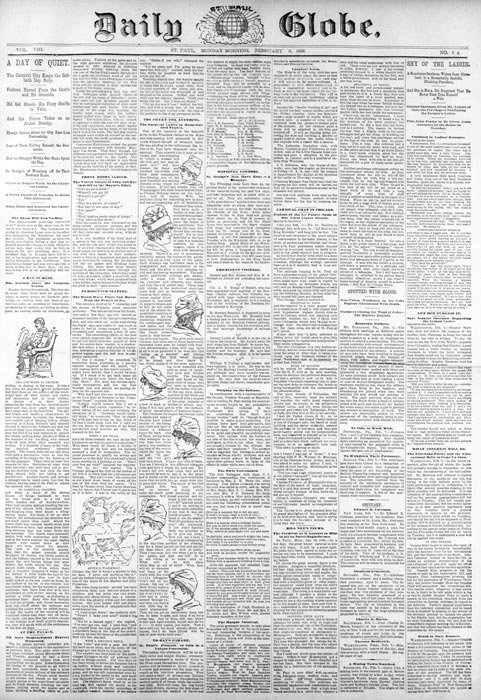
St. Paul Daily Globe from February 8, 1886
Searching through the pages that mentioned the Carnival, I came across some fun/funny/strange/interesting articles. Here are some of my favorites.
This first one describes the many beautiful hats (toques) donned by ladies attending the St. Paul Winter Carnival in 1886. In these first Carnivals, it was fashionable to become a member of one (or more) of the many toboggan clubs, each which had its own uniform complete with colorful toque. The toboggan clubs tobogganed on the many enormous toboggan slides around the city, but were also social clubs for men, women, and children alike.

1886 article about ladies’ hats at the St. Paul Winter Carnival
My favorite part of reading these old articles is the ridiculously flowery language of the newspaper reporters. For example, my favorite from this article: “With the feminine liking for something new in dress and the accompanying gift of beautifying whatever they touch, they have made a variety of neat, tasty, and bewitching headgear that quite captures the hearts of the gentlemen”.
There is also a tendency in these articles to be free with assertions about what is socially proper, especially when it comes to women’s behavior: “For to look beautiful in the eyes of man is a laudable ambition for any woman when it is done with becoming modesty”. I wonder if the author was a man or a woman…
This next one captures this phenomenon nicely.

1885 article: A Doubtful Compliment
“Damn has been said to be the strongest word in the English language”! How journalism has changed.
And lastly, I’ll leave you with this fine story, a reporter doing his damnest (!) to lay out the “facts” of why St. Paul, MN is indeed a goodly city.

1887 article: Tis a Goodly City
I didn’t want to include the entire article, as it is quite long, but I love love love the heading on this one. Here are some of the more promising/surprising of the 100 reasons listed:
“It has the electric light.”
“It has the prettiest girls in the country.”
“It has men of brains.”
“It has honest aldermen.”
“The moral tone is pure and virtue is protected.”
“No class of foreigners predominate. All are American.” (!)
“The people are liberal minded, and public sentiment is wholesome.”
Ah yes, St. Paul is a goodly city!
]]>
